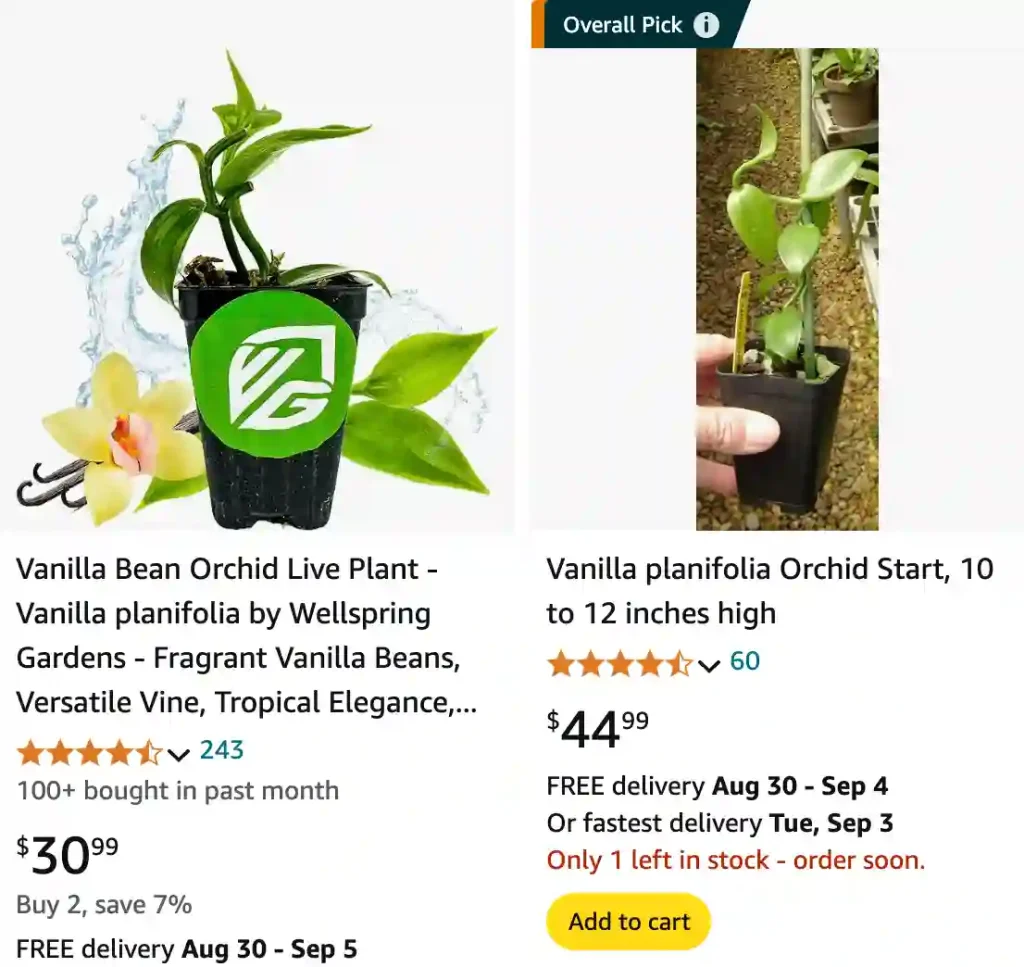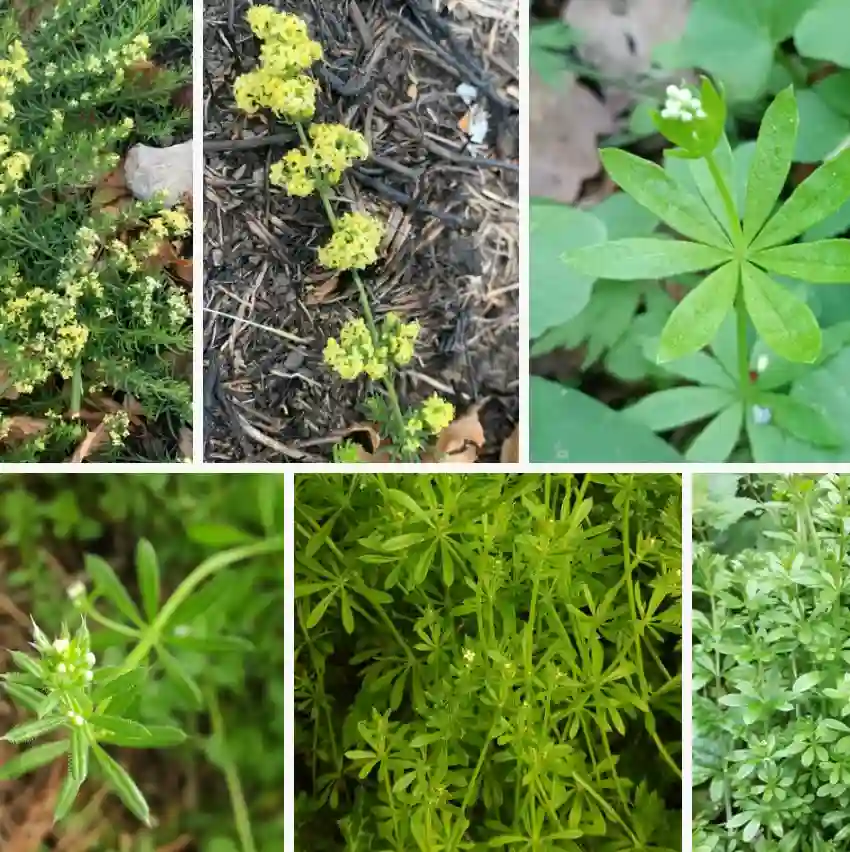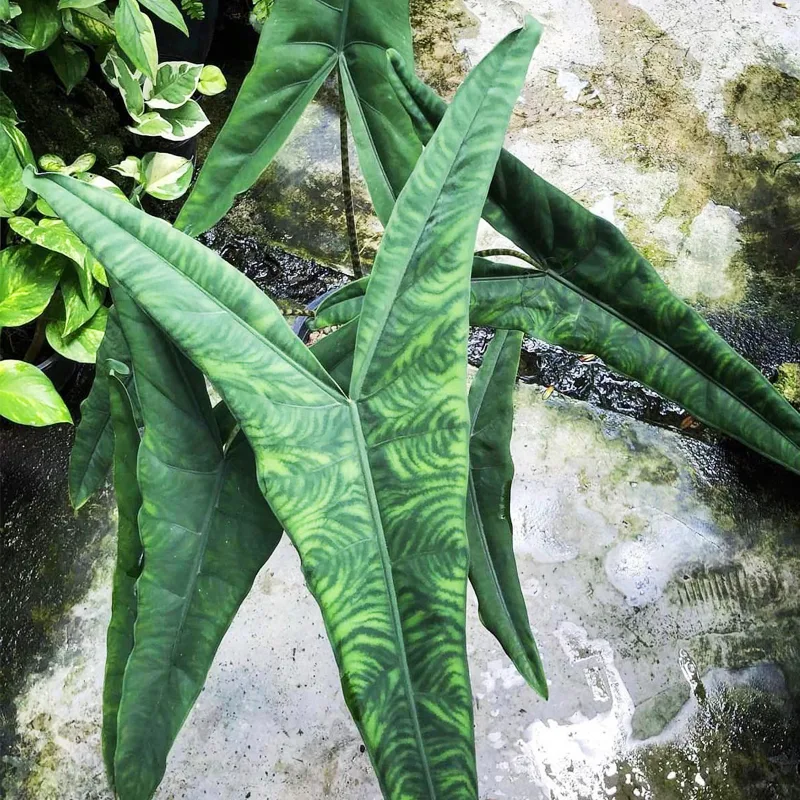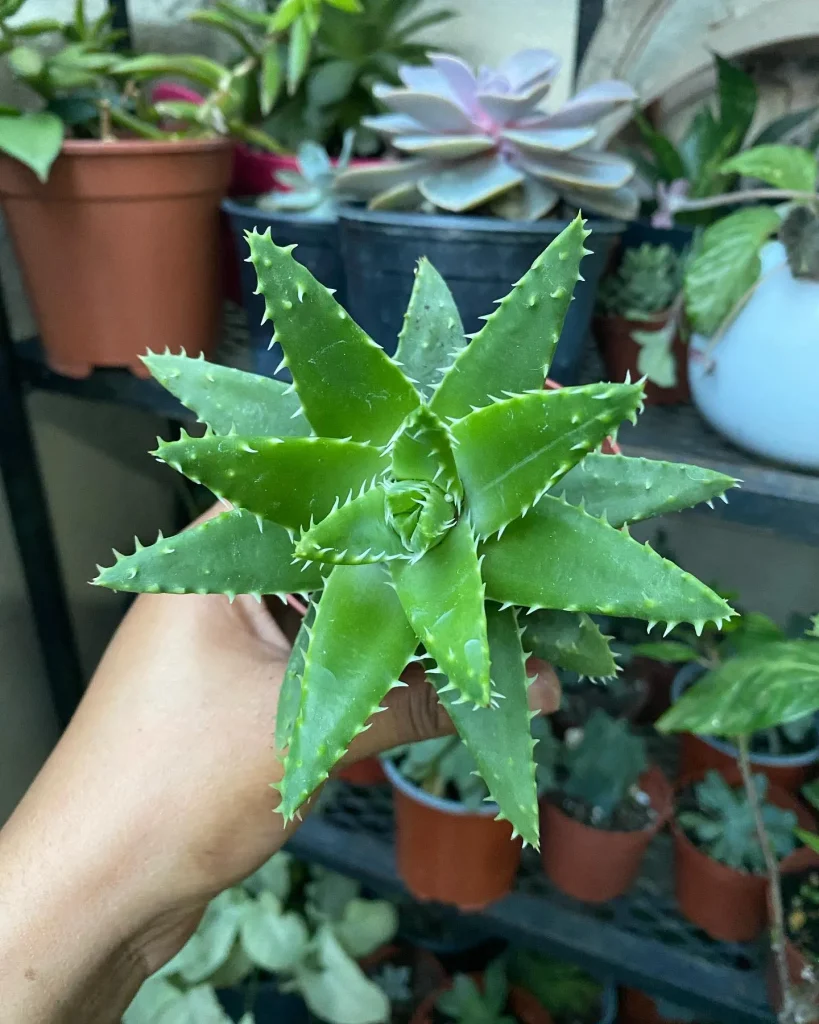
What Is a Vanilla Plant?
The Vanilla Plant, known scientifically as Vanilla Planifolia, is a tropical orchid that produces the vanilla beans used in flavoring. It’s a fascinating plant that combines beauty with a functional harvest. The plant itself is a climbing vine that can grow up to 30 feet long, with glossy, dark green leaves and delicate, pale green flowers.
126 Species in Genus Vanilla
How to Grow Vanilla Plant?
Growing Vanilla Plant requires patience and specific conditions. I’ve learned that this plant thrives in a warm, humid climate, ideally between 70-85°F (21-29°C). It prefers bright, indirect sunlight and well-draining soil. In my experience, providing a sturdy support structure, like a tree or a trellis, is crucial because the Vanilla Plant is a climbing vine.
Regular watering is essential, but be cautious not to overwater. The soil should be kept moist but not soggy. Fertilizing with a balanced orchid fertilizer every 2-3 months has helped me maintain its health.
Can I Grow a Vanilla Plant?
Yes, you can grow a Vanilla Plant, but it requires commitment. It’s not a low-maintenance plant and demands consistent warmth, humidity, and patience. In my garden, it took about three years before I started to see flowers and beans. If you’re up for a challenge and have the right conditions, it’s definitely doable.
Can You Grow a Vanilla Plant from a Vanilla Bean?
Growing a Vanilla Plant from a vanilla bean is not straightforward. Vanilla beans are the harvested fruit of the plant, and they need to be pollinated while still on the vine to produce seeds. If you want to start from scratch, it’s better to purchase a young Vanilla Plant or vine from a nursery.
Where to Buy a Vanilla Plant?
You can buy a Vanilla Plant from specialty nurseries that focus on orchids or tropical plants. Online retailers also offer Vanilla Plants, but make sure to choose a reputable seller to ensure plant health. I’ve found that local garden centers with tropical plant sections are a good option, as you can see the plant before buying.
Is a Vanilla Plant an Orchid?
Yes, a Vanilla Plant is indeed an orchid. Specifically, it belongs to the Orchidaceae family, which is the largest family of flowering plants. The Vanilla Plant is notable for its vanilla-scented flowers and the beans that are used as a flavoring agent.
Can You Grow a Vanilla Plant Indoors?
Growing a Vanilla Plant indoors is possible but challenging. It needs high humidity, ample light, and a warm temperature, which can be difficult to maintain inside. Using a humidifier and placing the plant near a south-facing window or under grow lights can help. I’ve had success growing it indoors by mimicking its natural tropical environment as closely as possible.
How to Make a Vanilla Plant Flower?
Encouraging a Vanilla Plant to flower requires patience and the right conditions. It needs a lot of indirect sunlight, warmth, and humidity. In my experience, keeping the plant well-fed with a balanced fertilizer and ensuring it has a strong support structure to climb on helps stimulate flowering. Additionally, Vanilla Plants often flower after about three years of growth.
How to Pollinate a Vanilla Plant?
Pollinating a Vanilla Plant can be tricky. In nature, it’s pollinated by specific species of bees. To pollinate it manually, you need to use a small brush or toothpick to transfer pollen from the male part (anther) to the female part (stigma) of the flower. This process needs to be done carefully and is best performed in the morning when the flowers are fully open.
How to Care for a Vanilla Plant?
Caring for a Vanilla Plant involves maintaining the right conditions: warmth, humidity, and indirect light. Regular watering and feeding with orchid fertilizer are important. Pruning the plant to encourage new growth and remove dead parts helps keep it healthy. It’s also crucial to provide a sturdy structure for the vine to climb.
How to Propagate a Vanilla Plant?
Propagation of a Vanilla Plant is typically done through cuttings. You need a healthy vine segment with at least 3-4 nodes. These cuttings should be planted in a well-draining mix and kept in high humidity. It can take several months for the cuttings to root and establish themselves.
What to Plant With Vanilla Plant?
Vanilla Plants are compatible with other tropical plants that share similar care requirements. Consider planting it alongside other orchids, ferns, or bromeliads. They not only complement each other aesthetically but also thrive under similar conditions.
Is a Vanilla Plant Toxic?
The Vanilla Plant is not toxic to humans or pets. It is safe to have around children and animals. However, it’s always good practice to ensure that no part of the plant is ingested in large quantities.
Common Problems with Vanilla Plants
Vanilla Plants can face issues like root rot, which occurs if the soil is too wet or poorly draining. Pests like aphids or spider mites can also be a problem. Regular inspection and proper care are key to preventing and addressing these issues.
Compare Vanilla Plant with Other Orchid Species
Compared to other orchids, Vanilla Plants are unique in their need for climbing support and their long flowering period. Unlike many orchids that thrive in lower light conditions, Vanilla Plants require more light and humidity to flourish.
Growing Vanilla Plants has been a rewarding but challenging experience. It demands specific care but offers the unique satisfaction of harvesting your own vanilla beans. If you’re considering growing one, be prepared for a long-term commitment and enjoy the journey of cultivating this extraordinary plant.
If i die, water my plants!



